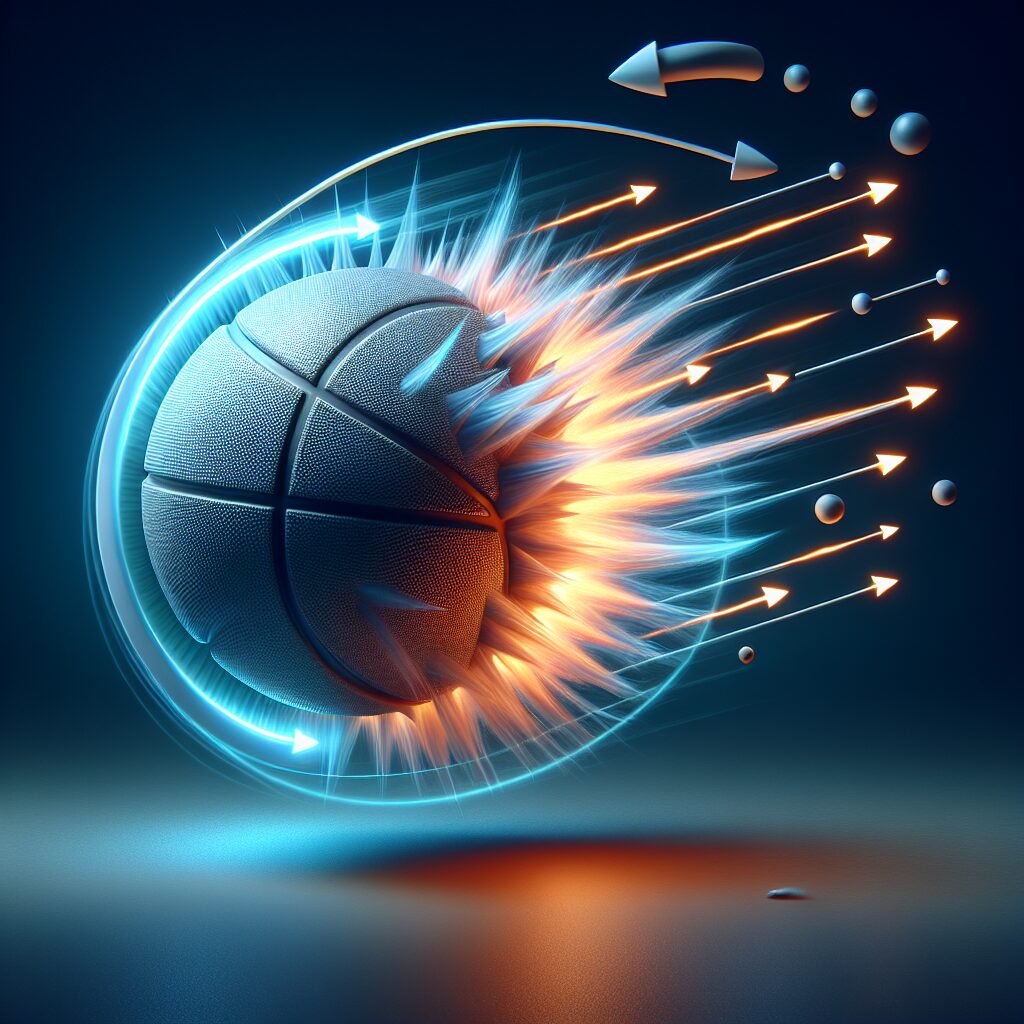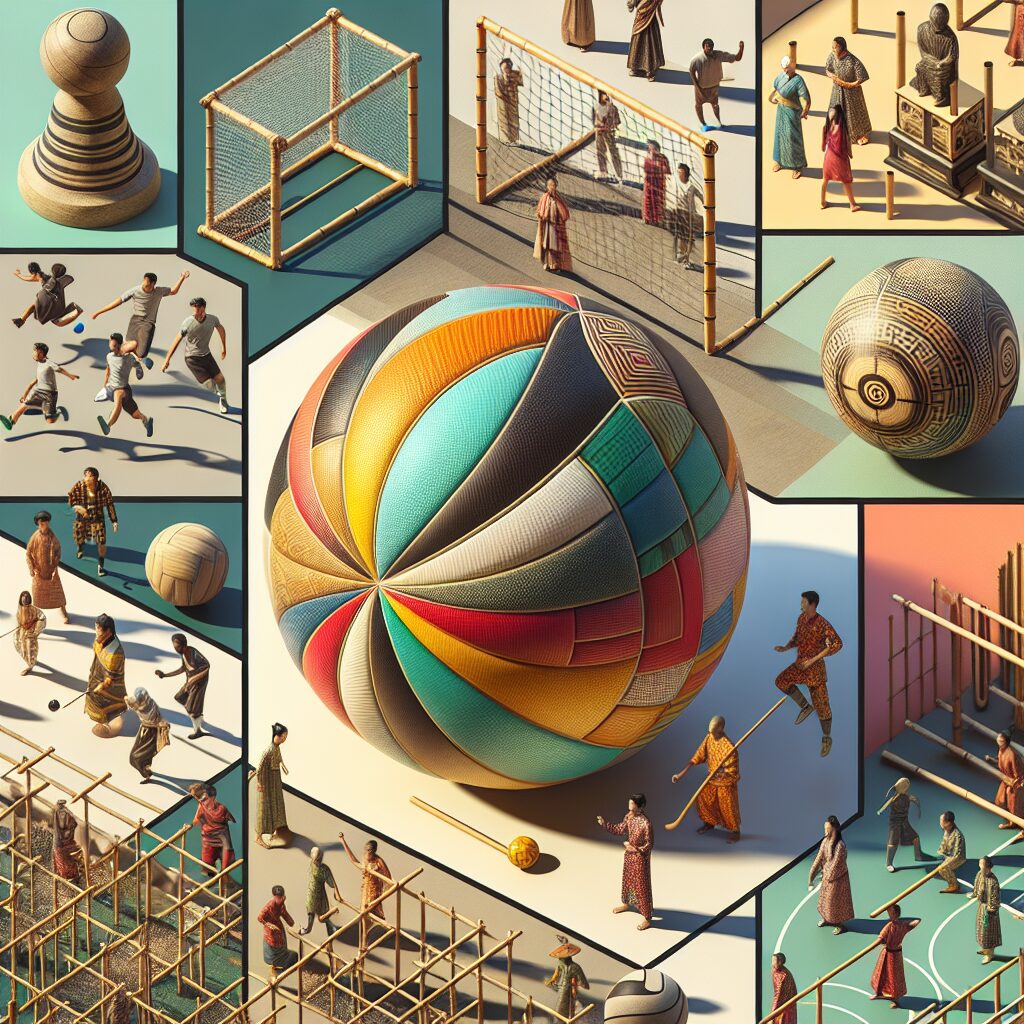Historic Ball Games: A Journey Through Time
Did you know that ball games have been played for centuries, dating back to ancient civilizations such as the Mayans and Egyptians? These games have not only provided entertainment and physical exercise, but they have also played a significant role in shaping the culture and history of different societies around the world. From the strategic maneuvers of ancient stickball to the fierce competition of medieval soccer, ball games have evolved and left a lasting impact throughout history.
One of the unique features of historic ball games is their ability to bring communities together. In ancient civilizations, ball games were not just a form of entertainment, but also a way to strengthen social bonds and foster a sense of unity among the people. These games were often played during religious or ceremonial events, creating a shared experience that transcended social classes and brought people together. The competitive nature of these games also helped to instill important values such as teamwork, discipline, and perseverance.
Now, let’s delve deeper into the fascinating world of historic ball games, exploring their impacts on society, cultural significance, and their evolution over time. In the next part of this article, we will discuss the key takeaways from ancient ball games, highlighting their influence on modern sports and the enduring legacy they have left behind. Get ready to embark on a journey through time, uncovering the rich history of ball games and their fascinating stories of triumph and tradition.
Key Takeaways
1. The article explores the fascinating history of ball games, tracing their origins back thousands of years to ancient civilizations such as the Aztecs, Mayans, and Egyptians.
2. Ball games played a significant role in the cultural, religious, and social practices of these ancient societies, often being associated with rites of passage, fertility rituals, and even human sacrifice.
3. The article highlights some prominent historical ball games, such as the Mesoamerican ballgame called ullamaliztli, which was played on a court and involved using only hips, elbows, and knees to move a solid rubber ball.
4. The popularity of ball games spread around the world, with variations emerging in different regions, such as the Chinese game of cuju and the Greek game of episkyros. These games continued to evolve over time, contributing to the development of modern sports like soccer and rugby.
5. Overall, the article emphasizes the enduring significance and universal appeal of ball games throughout history, playing a crucial role in shaping human cultures and providing an outlet for physical activity, competition, and social interaction.
What are the Historical Ball Games that have Stood the Test of Time?
Ancient Games: Origins and Significance
Historic Ball Games have been a part of human civilization for centuries. These ancient games hold immense cultural and historical significance, shedding light on the way our ancestors lived and entertained themselves. From ancient Egypt to Mesoamerica, various civilizations developed unique ball games that have withstood the test of time.
Examples of these ancient ball games include:
- Mesoamerican Ballgame: A sacred ritual with symbolic representations and great importance in Mayan and Aztec cultures.
- Harpastum: A Roman ball game that involved two teams trying to control a small ball by throwing, kicking, or running with it.
- Episkyros: An ancient Greek ball game played by teams, resembling a mix of football and rugby.
Evolution and Adaptation of Ball Games
As civilizations rose and fell, ball games also adapted and evolved, incorporating new rules, playing techniques, and equipment. These adaptations allowed ball games to remain relevant and captivating throughout different historical eras. Let’s explore some notable adaptations:
- Medieval Europe: The turbulent Middle Ages brought about games like La Soule and Knappan, precursors to modern sports like football.
- Renovatio Ludi: During the Renaissance, ancient ball games were revived and reimagined, blending classical and contemporary elements.
- Colonial Influences: European colonial expansion introduced ball games like cricket and baseball to various regions, leaving a lasting impact on their cultures.
Symbolic and Ritualistic Significance
Historic ball games were often threaded with symbolic and ritualistic elements, making them more than just sporting events. These games held deep cultural and religious importance, with spiritual undertones and fantastical stories attached to them.
Examples of symbolic and ritualistic ball games are:
- Ulama: A traditional Mesoamerican ball game associated with religious ceremonies and believed to hold cosmic relevance.
- Shinny: Played by Native American tribes, Shinny was considered a sacred game connected to the spirits and used in various rituals.
- Calcio Storico: This historical game from Florence, Italy, involved grand parades and rites before matches, reflecting a rich cultural heritage.
Preservation and Revival
Thanks to dedicated enthusiasts and organizations, many historic ball games have been preserved and revived to ensure they are not lost to the sands of time. Reviving these games serves as a link to our past and keeps traditions alive for future generations to experience and cherish.
Some initiatives promoting the preservation of historic ball games include:
- World Indigenous Games: A global event celebrating indigenous cultures and their traditional games, including various historic ball games.
- Living Museums: Interactive museums and living history projects aim to recreate historic ball games and offer immersive experiences.
Ready to Dive into the Fascinating World of Historic Ball Games?
- How can you participate in the preservation of historic ball games?
- Explore the rich history and symbolism behind each ancient ball game mentioned.
- Discover more colonial-era ball games and their impact on different cultures.
- Join local events or clubs dedicated to reviving historic ball games.
- Experience the thrill of playing these historic ball games at living museums or cultural festivals.
Frequently Asked Questions
1. What are historic ball games?
Historic ball games are traditional sports that have been played for centuries. These games often have deep cultural and historical significance, providing insights into ancient civilizations and their sporting traditions.
2. Which regions have a rich history of ball games?
Various regions around the world have a rich history of ball games, including Mesoamerica (such as the ancient Mayans and Aztecs), ancient Greece and Rome, East Asia (such as China, Japan, and Korea), and Indigenous communities across the globe.
3. What are some examples of historic ball games?
Examples of historic ball games include Mesoamerican ball games like the Mayan “pok-a-tok” and the Aztec “tlachtli,” ancient Greek games like “oină” and “sphairistikè,” and traditional East Asian ball games like “cuju” and “kemari.”
4. How were historic ball games played?
The rules and gameplay of historic ball games varied widely depending on the culture and region. Some games involved kicking or hitting a ball using body parts like feet, hands, or sticks, while others required teams to pass the ball, score goals, or use specialized equipment.
5. What was the significance of historic ball games?
Historic ball games held great cultural, religious, and social significance in many ancient societies. They were often associated with religious rituals, commemorated important events, served as a way to train warriors, and fostered community bonding and competition.
6. Are any historic ball games still played today?
Yes, some historic ball games have survived to the present day. Examples include the Korean game of “ssireum,” the Japanese game of “kemari,” and the traditional Native American game of “lacrosse.”
7. Were women allowed to participate in historic ball games?
The participation of women in historic ball games varied across cultures. In some societies, women had their own versions of the game or were able to play alongside men. In others, participation was limited to men only.
8. How did historic ball games influence modern sports?
Historic ball games laid the foundation for many modern sports. Elements of these ancient games can be seen in sports like football, basketball, baseball, and hockey. The rules, strategies, and even the equipment used in modern sports have been influenced by these historic ball games.
9. Are there any museums or exhibitions dedicated to historic ball games?
Yes, there are several museums and exhibitions around the world that showcase the history and artifacts related to historic ball games. These exhibits provide a fascinating glimpse into the rich sporting heritage of various cultures.
10. Can we still learn from historic ball games today?
Absolutely! Historic ball games teach us about the ingenuity, creativity, and athleticism of our ancestors. They also remind us of the importance of sports as a reflection of culture and societal values. By studying these games, we can gain insights into the past and appreciate the diversity and universality of human sporting traditions.
Final Thoughts
Historic ball games offer us a captivating journey through time, illuminating the sporting practices of ancient civilizations. Whether it’s the mythological origins of Greek ball games or the complex rituals surrounding Mesoamerican matches, exploring these games allows us to connect with our ancestors and better understand their cultures.
Moreover, delving into the world of historic ball games reveals the enduring legacy they have left on modern sports. The principles and techniques developed in these ancient games laid the groundwork for the athletic pursuits we cherish today. By appreciating the historical context and significance of ball games, we can foster a deeper appreciation for the sports we enjoy in the present.




